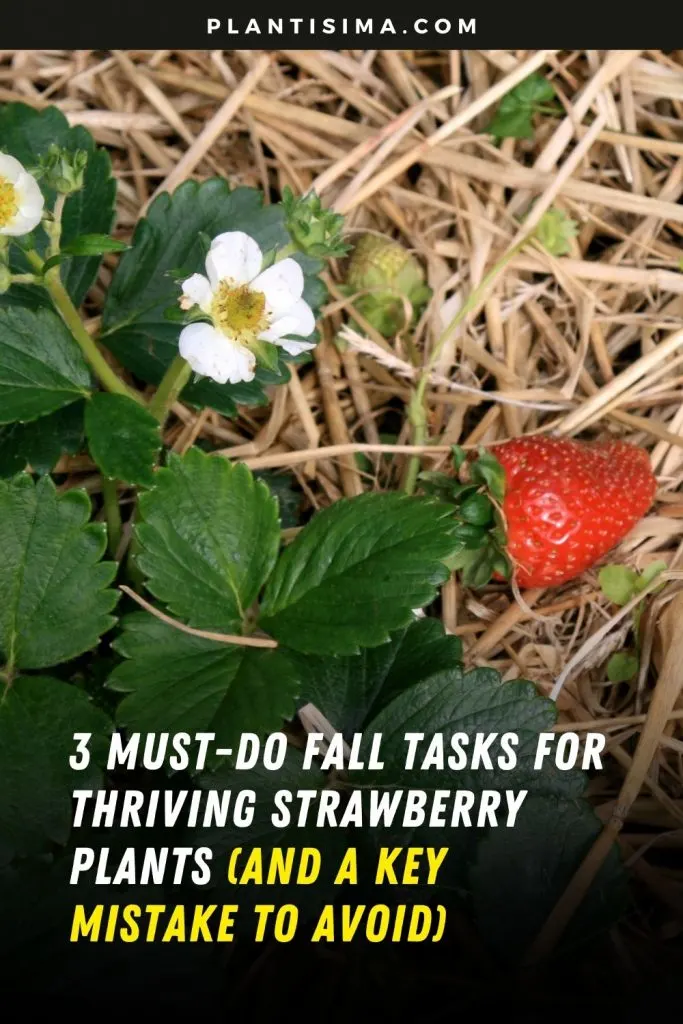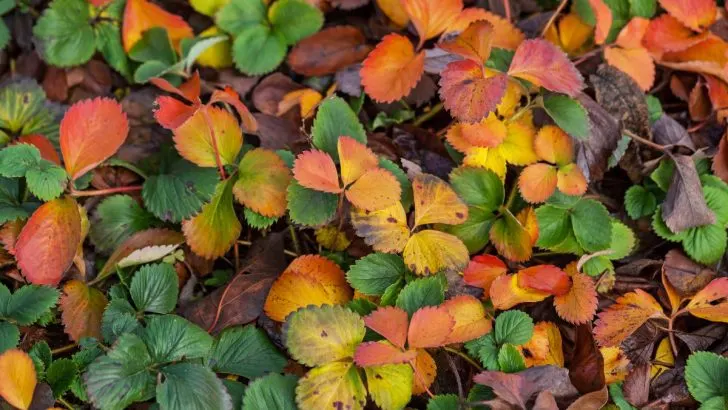As the temperatures start to dip and the growing season wraps up, it’s easy to forget about your strawberry plants.
But if you want to be greeted with baskets of plump, juicy berries next summer, there are a few simple tasks you’ll need to take care of this fall.
Whether you’ve got a full strawberry patch or just a few plants in containers, fall care is the key to next year’s harvest.
Signs Your Strawberries Are Ready for Fall Care
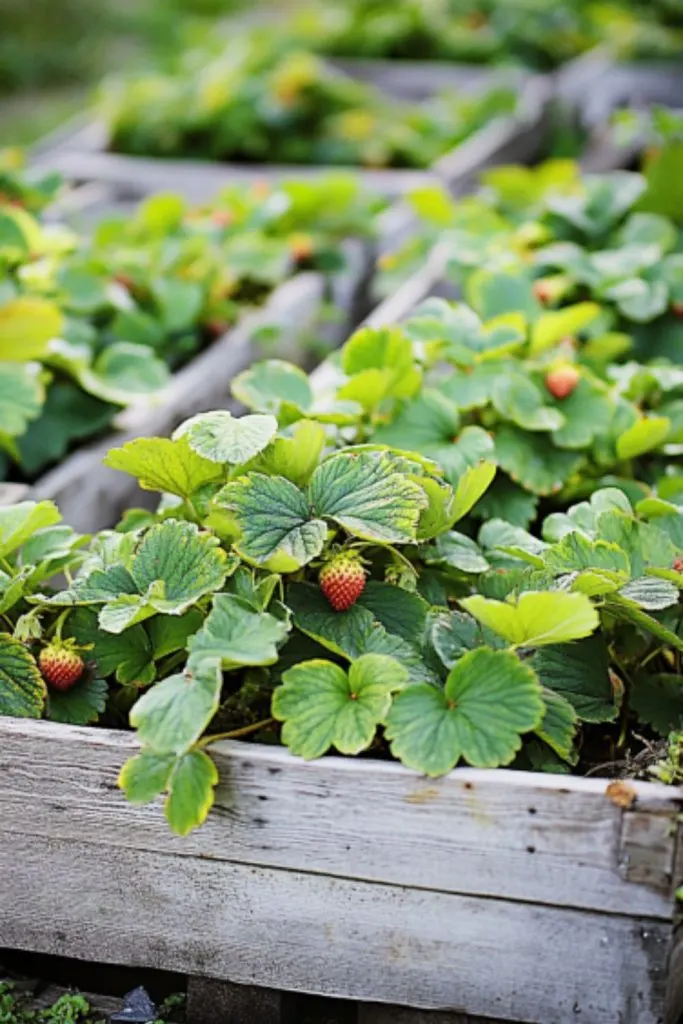
Your strawberry plants will let you know when they’re ready for their fall makeover. As the weather cools, keep an eye out for these telltale signs that they’re gearing up for their winter nap.
Time to Get Low
During the growing season, strawberry plants stand tall and proud. But as summer comes to an end, you’ll notice your plants slouching a bit.
They start to sprawl out, hugging the ground like a soft, green blanket. It’s their way of saying, “I’m ready for some downtime.”
Fall Colors for Fall Plants
Just like the leaves on the trees, your strawberries will start changing colors too. That vibrant green will shift to a rich burgundy as the days get shorter and cooler.
It’s a beautiful sight and a reminder that it’s time to prepare your plants for the colder months ahead.
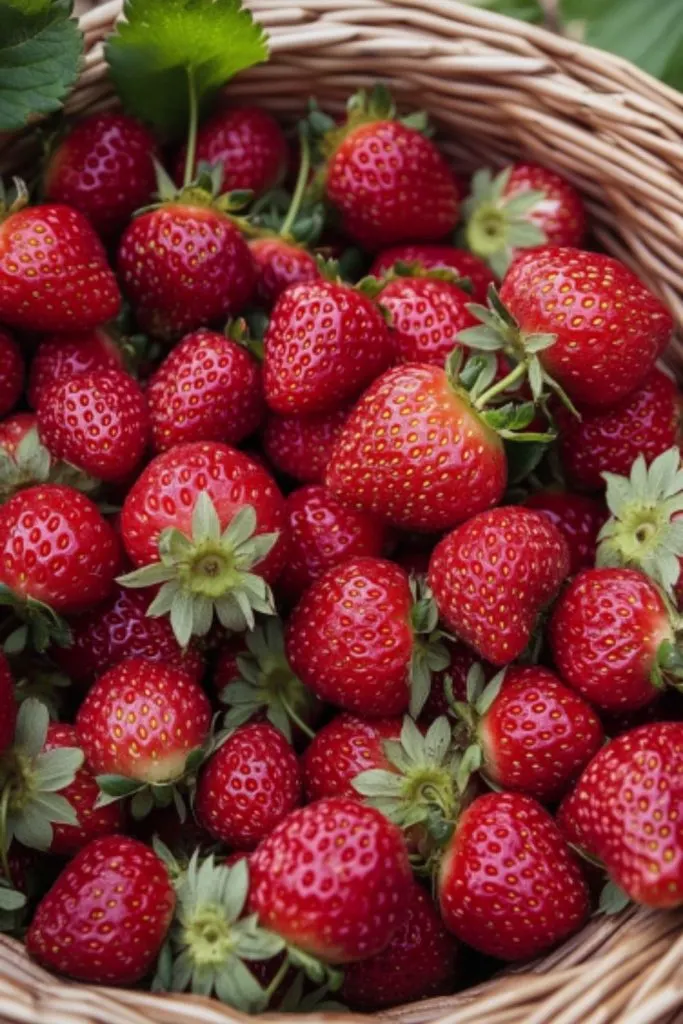
1. Feed Them Right
The first thing you’ll want to do is give your strawberries a little energy boost. They’ve worked hard all summer producing those delicious berries, and now they need some fuel to get ready for next season.
A nitrogen-rich fertilizer is your best bet for fall. Opt for something slow-release, like a good old-fashioned blood meal.
It’s a natural way to keep the nutrients flowing throughout the winter, ensuring your plants come back strong next spring.
2. Lay Down a Cozy Blanket of Mulch
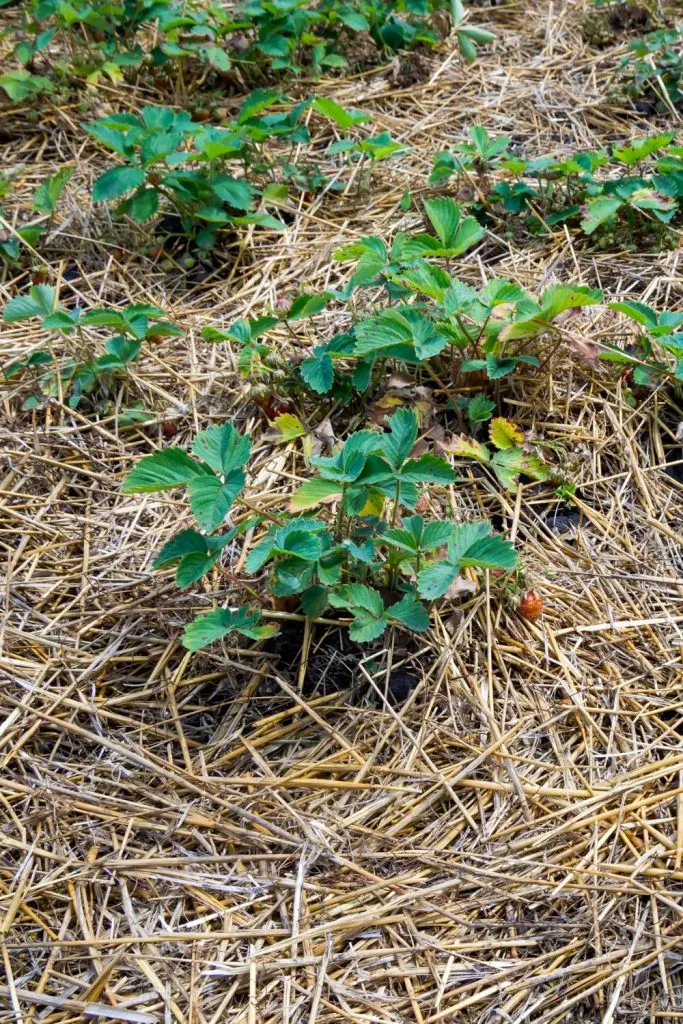
Think of mulch as your plants’ winter blanket. A good layer of straw or mulch can protect your strawberries from frost and harsh winter weather. It’s especially crucial if you live in an area where winters can be tough.
While you could use leaves, pine needles, or grass clippings, straw works best because it won’t compact as much. Spread a thick layer – around 4-6 inches – over the plants, making sure to cover the crowns and any new runners.
A little tip: mulch on a day when rain is expected to help weigh it down and keep it in place.
Come spring, you can remove the mulch or push it aside, letting it slowly break down and add nutrients to the soil over time.
3. Plant New Strawberries
Surprised? Yep, fall is actually a great time to start a new strawberry patch! By planting in the fall, your strawberries have plenty of time to establish strong roots before winter sets in.
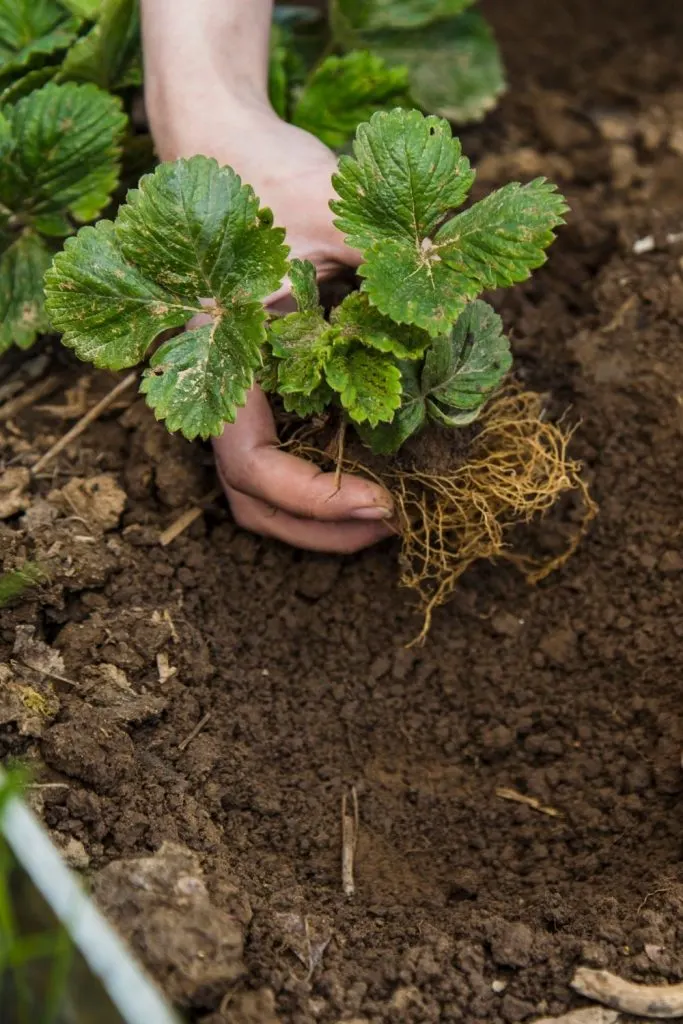
This means they’ll be ready to produce fruit next summer, no waiting around and no pinching off blossoms like you would with spring-planted strawberries.
Finding strawberry plants in the fall can be a little tricky, but more nurseries are catching on and offering fall-start varieties. You can also try your luck with online nurseries that sell bare-root strawberry plants.
Just make sure to get them in the ground early enough to establish roots before the first frost, and don’t forget to mulch them well.
The One Thing You Shouldn’t Do: Don’t Prune in the Fall
Pruning your strawberry plants in the fall might seem like a good idea, but resist the urge! By this time, your plants are already forming the buds that will become next year’s flowers and berries.
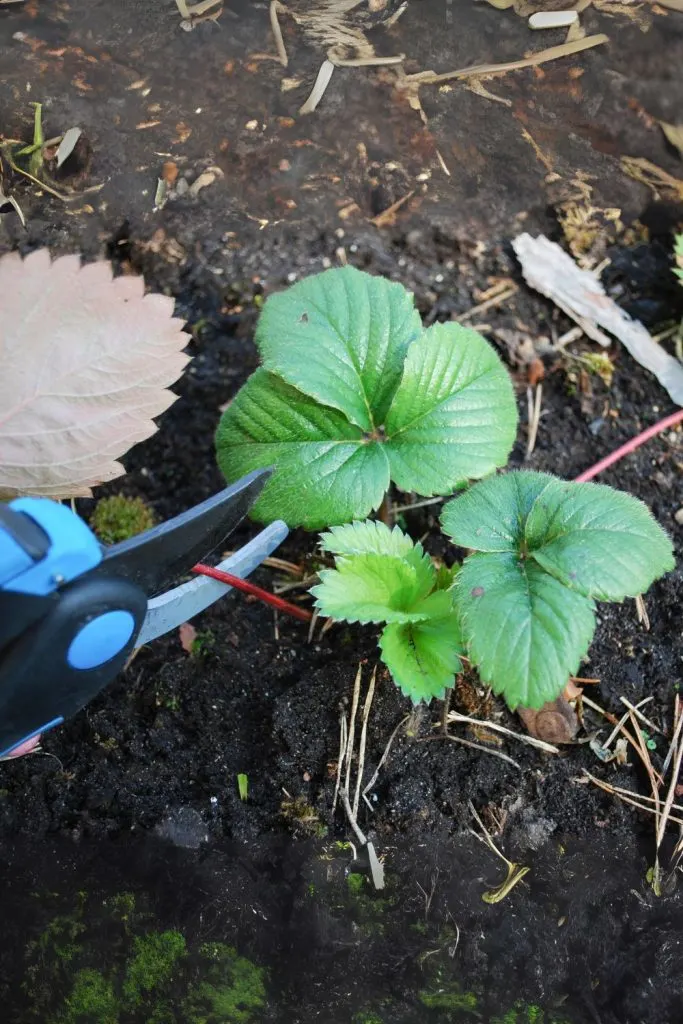
If you prune now, you’re cutting into next summer’s harvest – and potentially leaving your plants more vulnerable to winter damage.
If you missed the summer pruning window, don’t stress. Just leave them as they are and focus on mulching for winter protection. You can prune them after they finish fruiting next summer.
A Little Fall Care Goes a Long Way
With just a bit of care now, your strawberries will reward you with a bumper crop of berries next summer. So take an hour or two to fertilize, mulch, and maybe even plant some new ones.
Your future self will thank you when you’re enjoying those sweet, sun-ripened strawberries in June.
